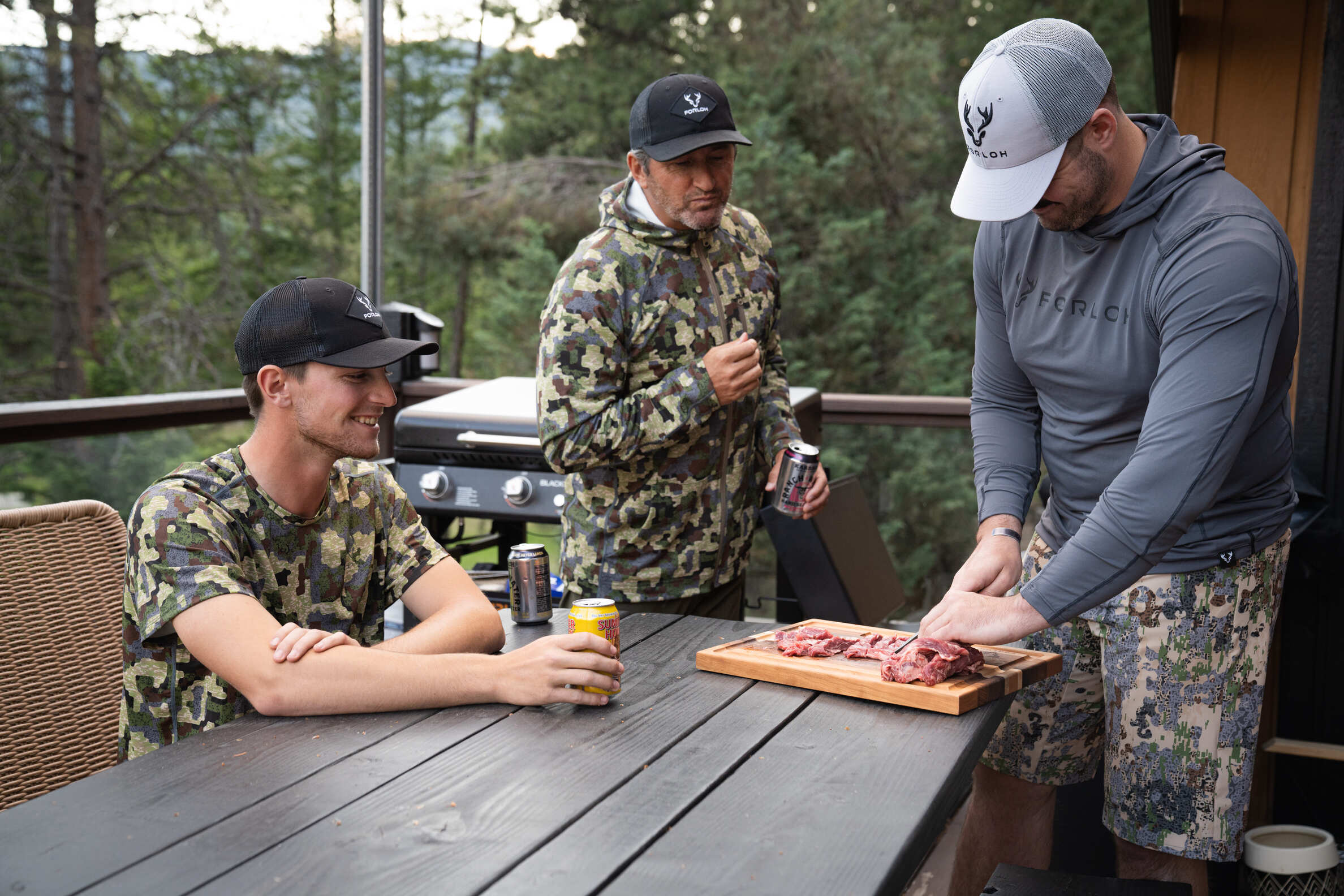When Is Early Season Deer Hunting?
The early season to hunt whitetail deer is from the beginning of September until the end of October. Preparation during this time is the best way to harvest a mature buck. You’ll see more deer in November, but if you locate a buck now, you’ll have a higher chance of success. In early fall, bucks are predictable and stick to one area, as human hunters haven’t been on their radar for months.
Here are five tips for successful early-season deer hunting.
|
Table of Contents |
Tip 1: Get the Lay of the Land
Knowing the land where you’ll be hunting is possibly the most important thing to consider during the early hunting months. Research your hunting grounds, take a look at aerial maps and photos, and see how other hunters have taken to the area.
A month or two before you plan to hunt, you should visit the hunting grounds in person to see how the terrain flows and how the deer use the land flow. You can also see how wind flows through areas where you want to set up, which is very important in deciding where to position treestands and trail cameras.

Featured Gear: FORLOH Method Pack System
Tip 2: Plan Entry and Exit Routes
When you visit your future hunting grounds, you’ll want to plan entry and exit routes from your treestand to avoid bumping into deer and alerting them of your presence.
Tip 3: Hunt Near Water and Food Sources
Water is an essential attractant for deer in the warmer weather of the early season. If you’re hunting in a new area, you can just find a water source, but the ideal water setup is a creek, natural pond, or push-up pond that’s close to both food and cover.
Another powerful attractant is acorns that fall during the early season, especially white oak acorns. You should gravitate toward areas with fallen acorns for hunting. When deer aren’t eating acorns, they’re likely eating grass and other green food before it dries out in the winter, so you should set up in areas with lush, green food.

Featured Gear: Men's SolAir Hooded Long Sleeve Shirt
Tip 4: Control Your Scent
Controlling your scent is of utmost importance during the warmer, early-season months since you’re more likely to sweat and give off human odor.
Here are some ways you can minimize your human scent:
- Dress light: Wear moisture-wicking fabrics that dry quickly and keep you cool in warm weather.
- Wait to dress: Wait to put on your jacket, gloves, and head net until you’re settled in your treestand so you don’t get too hot on the way there.
- Shower with odor-eliminating soaps: Odor-eliminating soaps and shampoos are designed to get rid of odor and prevent it from coming back, which will keep you scent-free longer during your hunt.
- Spray everything: You should spray yourself and your clothes with scent-eliminating sprays, but you should also spray everything you touch. Spray binoculars, rangefinders, grunt finders, etc. On your person, focus on places where sweat gathers, like the inside of your hat and the inside of your boots.
- Check wind direction: To minimize your presence, you’ll want the wind in your face as much as possible. You should work toward the source of the wind since you don’t want it carrying your scent to your prey.
- Spray often: You should spray multiple times throughout the hunt as you warm up and begin to sweat. And—spray down your treestand and the surrounding area before you leave; otherwise, you’ll alert deer of your presence.
- Wash your hunting clothes: After every hunt, wash your hunting clothes with unscented detergent without additive brighteners to eliminate odor and preserve the camouflage of your clothing.

Featured Gear: FORLOH Method Hunting Pack, Women's SolAir UPF Long Sleeve Shirt, Embroidered Camo Hat
FORLOH offers both moisture-wicking and scent-control clothing to make staying scent-free a breeze. Here are some options with our Polygiene® odor control technology:
- Deep Space Base Layer Bottom
- SolAir Hooded Long Sleeve Shirt
- SolAir Technical Hoodie
- SolAir Lightweight Pants
- SolAir Lightweight Neck Gaiter

Featured Gear: Women's ThermoNeutral Down Vest, Women's AllClima 3L Rain Pants
Tip 5: Check Your Gear
Make sure all your gear is in working order before you plan your first hunt. You should:
- Test your trail cameras and make sure the time and dates are accurate so you can monitor the local deer herd
- Ensure your treestands are safe and secure—replace straps and safety harness ropes annually, along with any rusted cables and bolts
- Make a checklist of the accessories in your hunting pack:
- Bow holder / rifle holder
- Bino harness
- Tree tether and suspension relief strap as part of your fall arrest system
- Rangefinder holder
- Choose quiet, comfortable, moisture-wicking warm weather hunting clothes:







